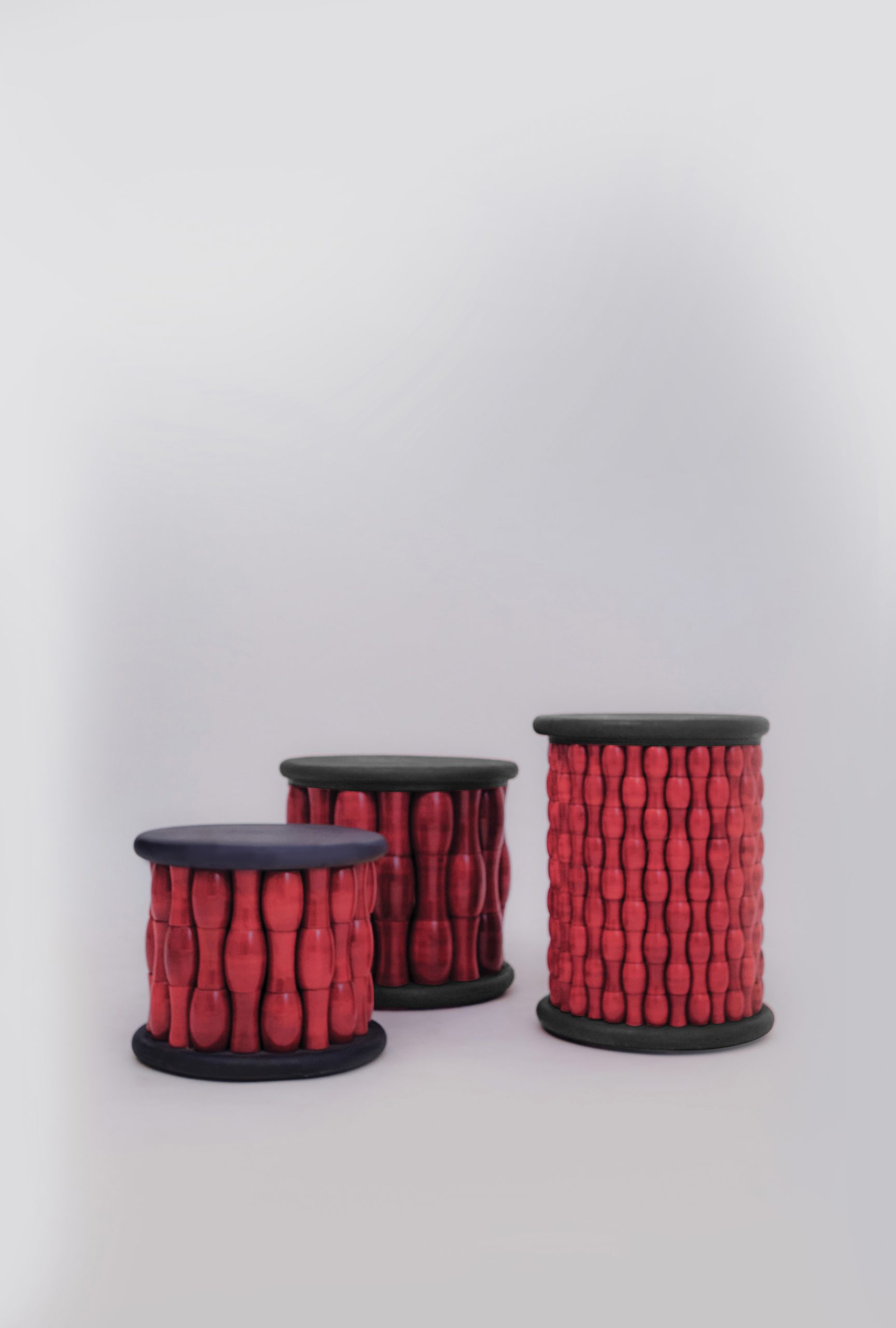Toying around with the idea of buying this toy-craft-inspired stool? With artisanal detailing, this is perfect for those discerning patrons who appreciate local arts and crafts while making a statement.

Toying around with the idea of buying this toy-craft-inspired stool? With artisanal detailing, this is perfect for those discerning patrons who appreciate local arts and crafts while making a statement.
Designed by David Nicolas, the Loulou Rock chair gives you a moment of rock and roll, gently swaying your stress away and shifting the room’s tempo. With its padded backrest and seat and sleek black frames with polished steel details, it earns its place by elevating daily life into a moving experience.
There is no better way to get lost in a good book than in the Vesta Armchair by Francesca Lanzavecchia. Shaped by Turri, with years of craftsmanship, its precise stitching and sinuous curves embrace you with ease, while the cadet-grey-like cushions wrap you in a quiet embrace.
If time travel ever felt out of reach, this 1960s Pierre Paulin piece will change your mind. Once the lounge icon of the 70s, this MoMA classic now slips effortlessly into today’s most experimental corners.
Wrapped in a vibrant Nabuck Electric tone and inspired by the ease of traditional palavers, this chair invites idle chats and long shows. The cushions are soft enough to steal you away from your own bedtime routine, holding you in that perfect half-awake state while you’re still watching the television.
We’ve all dropped something only to discover our chair refuses to cooperate. Jeffrey Bernett solves that gracefully with this swivel and tilt rocking chair that mirrors every movement, giving you fluid reach and unwavering support in any posture.
Looking for the perfect perch for a card night unwind? Meet the real master of fluff. With its modern Italian flair, the Adiada armchair offers a clear perspective on design, comfort and just the right angle to read the room — cards included.
Ultra-feminine and impeccably cinched, the Leplì chair is a power piece that shapeshifts between chair, armchair, stool, bench, and pouf. This voluptuous curved chair slips in elegantly into your room.